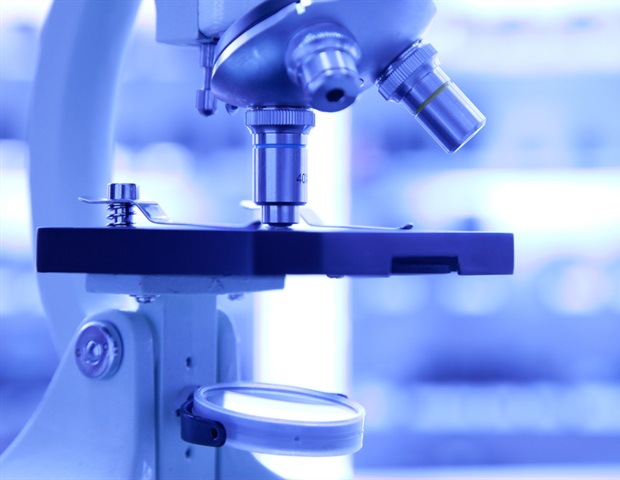
A team led by UT Southwestern Medical Center researchers has uncovered the atomic structure of a protein complex pivotal to the function of motile cilia, the hair-like structures extending from the surfaces of many cell types that generate their movement.
The researchers’ findings involving radial spoke 3 (RS3), reported in Nature Structural & Molecular Biology, help answer some fundamental questions about how motile cilia work and could eventually lead to new treatments for ciliopathies, diseases in which cilia’s structure and/or function are impaired. These include primary ciliary dyskinesia, a life-shortening genetic disorder that causes infertility, chronic respiratory problems, reversed organ placement, and excess brain…
Disclaimer
We strive to uphold the highest ethical standards in all of our reporting and coverage. We 5guruayurveda.com want to be transparent with our readers about any potential conflicts of interest that may arise in our work. It’s possible that some of the investors we feature may have connections to other businesses, including competitors or companies we write about. However, we want to assure our readers that this will not have any impact on the integrity or impartiality of our reporting. We are committed to delivering accurate, unbiased news and information to our audience, and we will continue to uphold our ethics and principles in all of our work. Thank you for your trust and support.
Website Upgradation is going on. For any glitch kindly connect at 5guruayurveda.com



